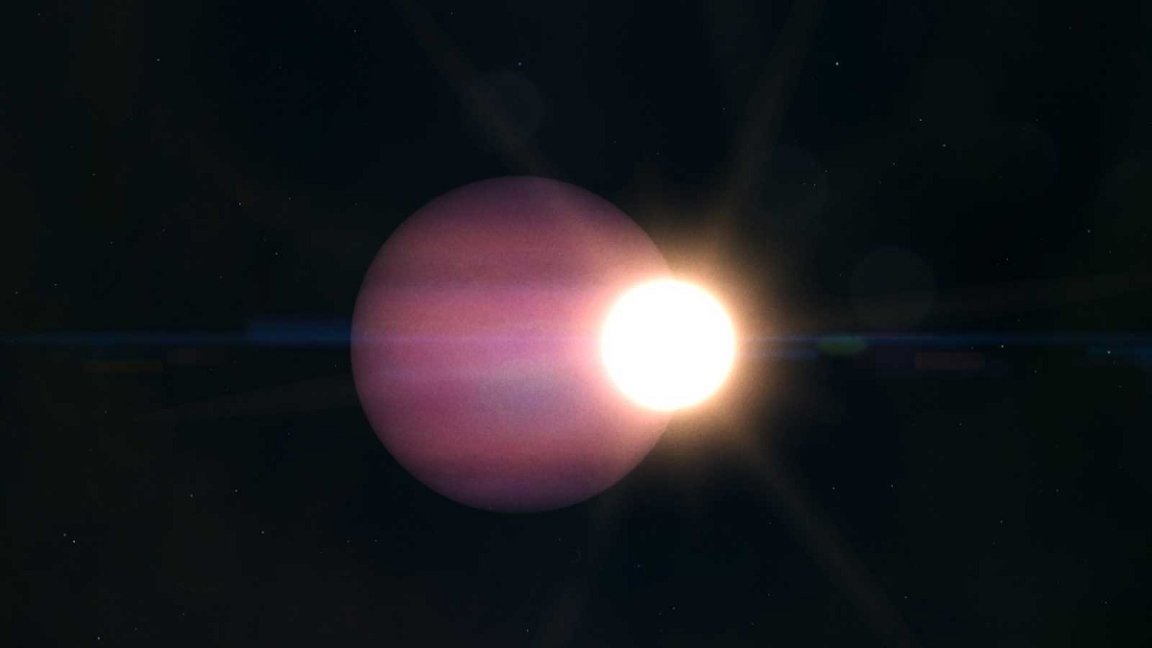
Course Correction
A rogue white dwarf — a stellar remnant of a star that’s expended all its fuel — appeared to be careening towards our Sun. But if you were banking on it to touchdown in our corner of the galaxy, you’re out of luck.
When researchers calculated the trajectory of the runaway object in 2022, they projected it would blow through an outer region of the solar system called the Oort cloud in approximately 29,000 years.
Whatever awaits our civilization’s descendants dozens of millennia from now, they’ll at least be spared this potential catastrophe, according to a new study published in The Astrophysical Journal, which took a second look at those previous projections and found that, oops, they were all wrong!
“The close encounter predicted between WD0810-353 and the Sun is actually not going to happen,” said study coauthor Stefano Bagnulo, an astronomer at the Armagh Observatory, in a statement about the work. “In fact, WD0810-353 may not even be moving towards the Sun at all.”
Forecast: Cloudy
To be fair, it wouldn’t be an unprecedented scenario. Dwarfing the size of the inner solar system, the Oort cloud has played host to more than an estimated 40,000 stellar visitors passing through its vast sea of icy objects over its lifetime.
The cloud’s sheer size may have something to do with that. Estimates vary, but astronomers believe the Oort cloud spans as far as 100,000 astronomical units (AU) from the solar system’s center, or roughly 1.5 light years.
The white dwarf was expected to approach within 31,000 AU, or about half a light year, of our Sun. That wouldn’t exactly put it within touching distance of our planet, but it’s pretty darn close on a cosmic scale.
Still, there could be other serious complications, as the gravity of the intruding star could disturb some of the objects in the Oort cloud and send them tumbling inwards, possibly even towards Earth.
Shifty Spectrum
Thankfully, the astronomers got it wrong this time. Their mistake? Overlooking the white dwarf’s “unusually” large magnetic field.
“In astronomy, magnetic fields are crucial to understand many physical aspects of a star and not considering them can lead to misinterpretations of physical phenomena,” explained co-author Eva Villaver, an astronomer at the Astrobiology Center in Spain, in the statement.
As is typical when observing stars, the astronomers examined the white dwarf’s light spectrum to determine where it was heading. As a luminous body moves, the light it emits changes in wavelengths, resulting in what’s known as blueshifts and redshifts, which can tell astronomers the object’s velocity.
A strong enough magnetic field, however, can affect the spectrum and introduce misleading light shifts. Realizing the error, the researchers used a technique called polarimetry to model how the magnetic field affected the light. And ta-dah! The velocity was off.
That doesn’t mean we’re safe from other stellar invaders, and our solar system is pretty much guaranteed to have one eventually, according to the researchers. But hey, “that’s one less cosmic hazard we have to worry about,” said Bagnulo.
More on stars: Scientists Puzzled by Stars That Disappeared From the Sky